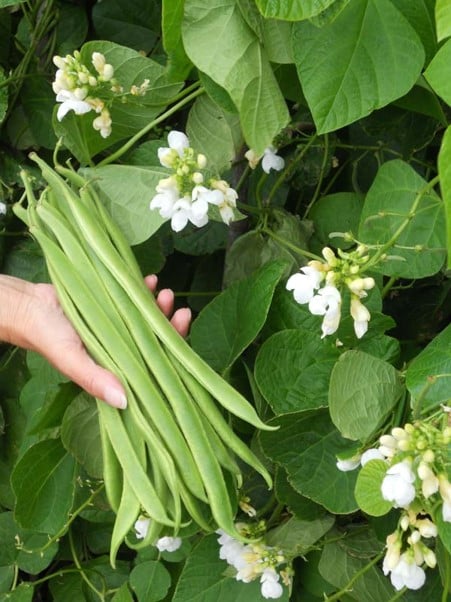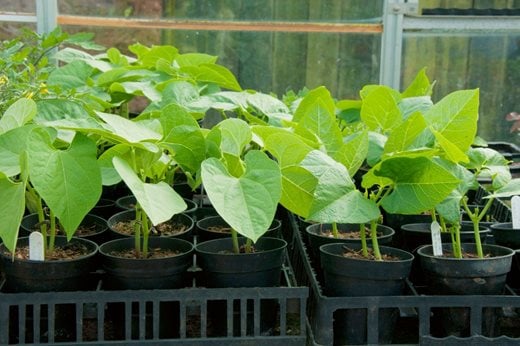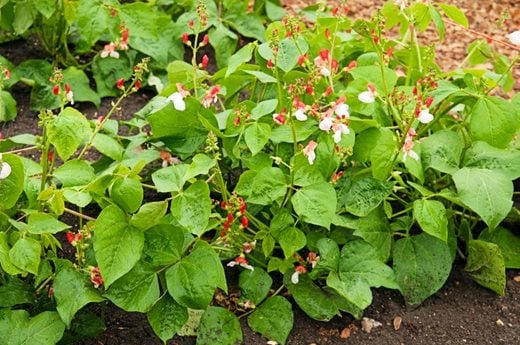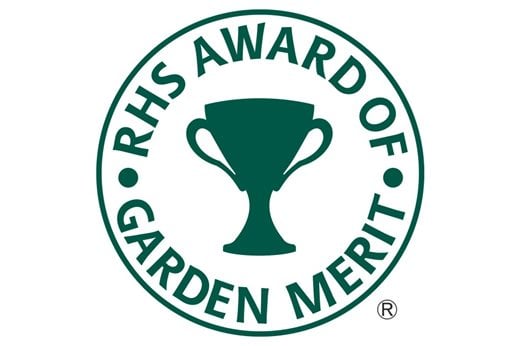
 Runner beans are my desert island veg. I love growing them. Seeing their exuberant lush green growth develop, then blooming with pretty red or white flowers before those luscious green pods appear – it’s quite a thrill to behold.
Runner beans are my desert island veg. I love growing them. Seeing their exuberant lush green growth develop, then blooming with pretty red or white flowers before those luscious green pods appear – it’s quite a thrill to behold.
Picking the perfect spot
When I moved to my new home in 2019 I worried I wouldn’t have room for runner beans. I needed to make my small, courtyard garden work as an outdoor room for me, friends and three elderly terriers. At the back of my garage I discovered a tiny area of the garden was a surprisingly warm and sunny spot, with lots of vertical growing space.
So it’s here that I erected some panels of steel reinforcing mesh to the wooden fences, and hey presto, my own small runner bean growing area was formed. In summer this little space becomes a leafy hideaway where I sit and read a book surrounded by green. However, they will sprawl and twine over pretty much anything – wires, trellis, bamboo canes or steel mesh.
 Which variety to grow?
Which variety to grow?
There is a large range of runner beans that you can grow. You’ll often see the stalwart early variety ‘Scarlet Emperor’ offered pretty much everywhere with its bright red flowers, but there are so many more different ones to try. I’ve enjoyed growing white flowering ones such as ‘Moonlight’ (AGM), and ‘Snowstorm’.
‘Black Knight’ is a purple podded variety with rich red flowers, so quite a handsome plant if striking good looks are important in a potager or cottage garden. The beans turn a greenish-purple on cooking. AGM (Award of Garden Merit) varieties are tried and trusted and include popular high-yielding ones like ‘Achievement’, ‘Benchmaster’, ‘Celebration’, ‘Red Rum’ and ‘Firestorm’.
 Get growing
Get growing
I start my runner beans off indoors in late April on my sunny kitchen windowsill. I sow in individual 9cm (3½in) biodegradable fibre pots in peat-free multi-purpose compost. I place one bean directly in the centre, 5cm (2in) deep and keep the compost moist. The seeds will germinate and grow in just a week or two.
The young plants are tender so should only be transplanted outside once all risk of frost has passed, but transplanting them fairly promptly is a good idea if possible – usually in late May or early June. Keep an eye on slug control at first and keep them really well watered.
 If you don’t have much outside border space runner beans can grow well in large containers. I’d like a generous deep pot – ideally 30 litres, and I find you can use a mix of garden soil with plenty of well-rotted manure or compost, so spending less on bagged compost.
If you don’t have much outside border space runner beans can grow well in large containers. I’d like a generous deep pot – ideally 30 litres, and I find you can use a mix of garden soil with plenty of well-rotted manure or compost, so spending less on bagged compost.
A handful of general-purpose fertiliser such as Growmore or Vitax Q4 is fine for them too. Dwarf cultivars like ‘Hestia’ (see photo) are ideal for container growing.
Keeping y0ur plants happy
From the off, runner beans love moisture and, in many ways, keeping them warm and well-watered is key to growing them. However, if a sudden hot spell happens then cooling the plants down can help with pollination, so on hot days water well in the morning and sometimes in the evening too. Having plenty of bee-friendly plants around and about also helps to encourage in pollinators, as does growing the plants in a sheltered site out of strong winds.
Runners waste no time once June arrives in rushing up and producing their jolly green gorgeousness. I can’t wait for them to return this summer.
Happy growing!
|
|
Top tip!
|
|
|
At RHS gardening advice we often get asked why runner beans are flowering but not setting pods, even when there are plenty of pollinators around. We have some tips to help with this problem here:
|
 Pick of the crop
Pick of the crop
Look for the RHS Award of Garden Merit (AGM) when buying vegetable seed or small plants. You can also download the RHS lists of recommended cultivars.

